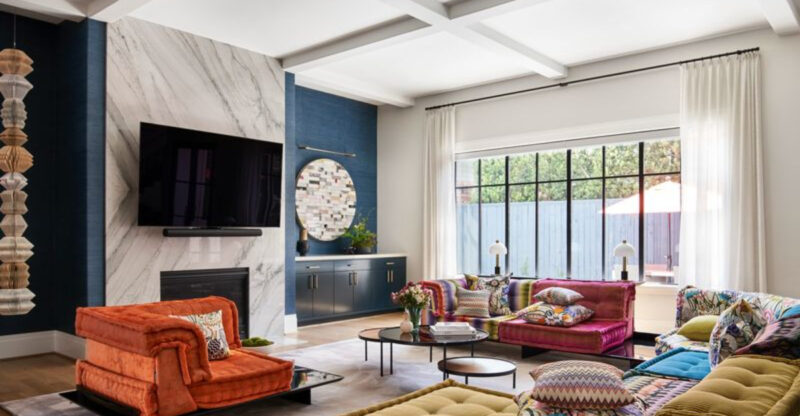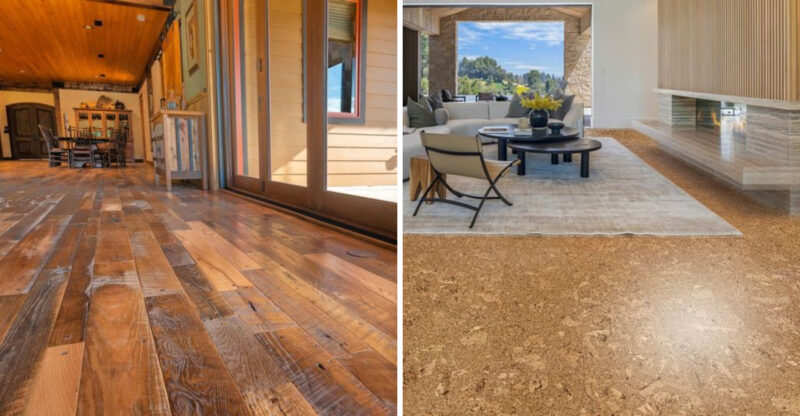9 Massachusetts Home Trends Expected To Fade By 2030

Massachusetts has a rich architectural history, but the housing market is changing fast. What was once popular might soon become a thing of the past as buyers seek modern conveniences and energy efficiency.
I’m here to walk you through the home trends that are slowly disappearing from the Bay State’s landscape.
1. Colonial Revival Homes
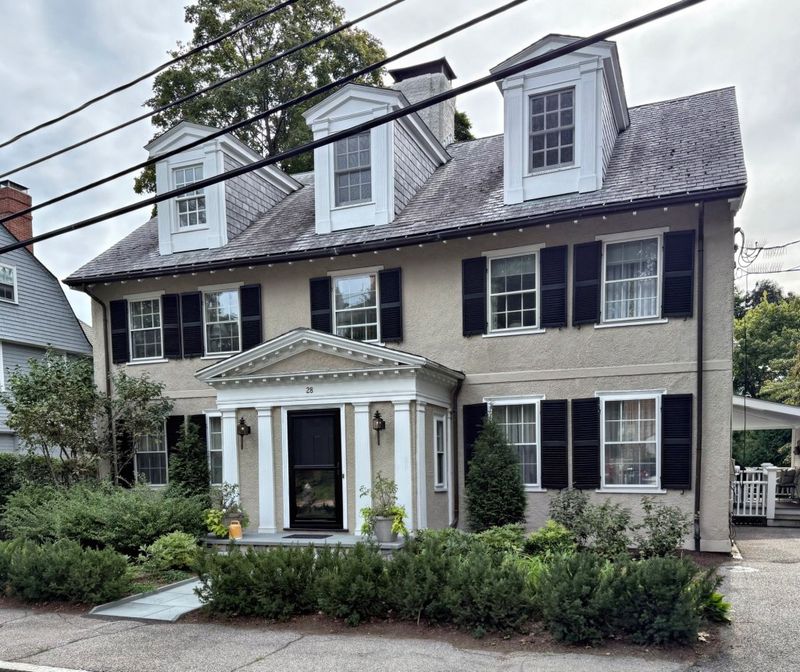
Picture a home with intricate crown moldings and period-perfect trim work that demands constant attention. Colonial Revival houses look stunning, but keeping them in top shape requires specialized craftspeople who are becoming harder to find.
The detailed woodwork and historical features need expert care that costs more every year. Most families today prefer homes that don’t require such intensive upkeep and expensive restoration work.
2. Cape Cod Cottages
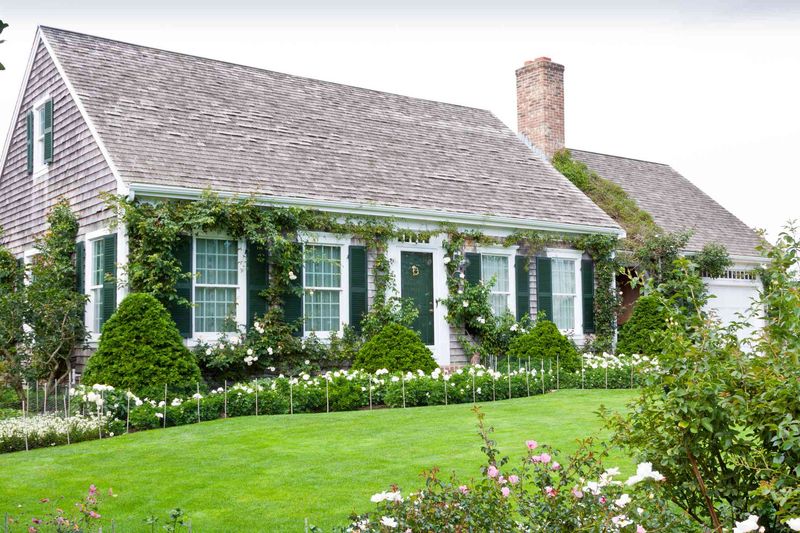
Those charming cottages with steep roofs once defined Massachusetts neighborhoods. Compact rooms and tight layouts made sense decades ago, but modern families want something different now.
Open floor plans have become the gold standard for today’s buyers. The cozy rooms that felt inviting to previous generations now feel cramped and outdated compared to contemporary designs.
3. Victorian Homes

Victorian houses turn heads with their dramatic turrets and fancy trim, but beauty comes at a price. Maintaining all those ornate details requires deep pockets and patience.
Finding contractors who understand Victorian restoration techniques gets tougher each year. The specialized skills needed to preserve these architectural gems are vanishing, making ownership increasingly impractical for average homebuyers.
4. Federal Style Homes
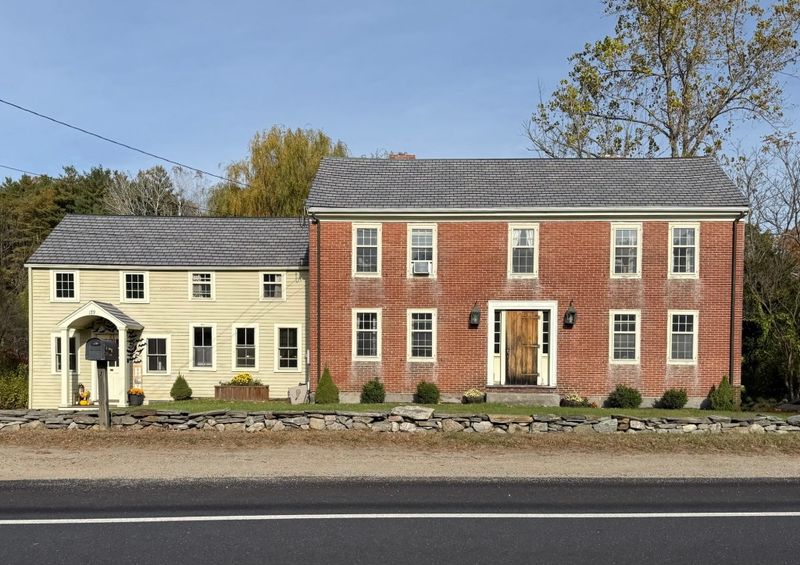
Brick facades and graceful fanlight entrances define Federal-style elegance. These homes showcase impeccable proportions and refined detailing that few modern builders can replicate.
The mathematical precision and craftsmanship required for authentic Federal design is practically a lost art. Construction knowledge specific to this style is disappearing, making proper maintenance nearly impossible for most homeowners.
5. Greek Revival Homes
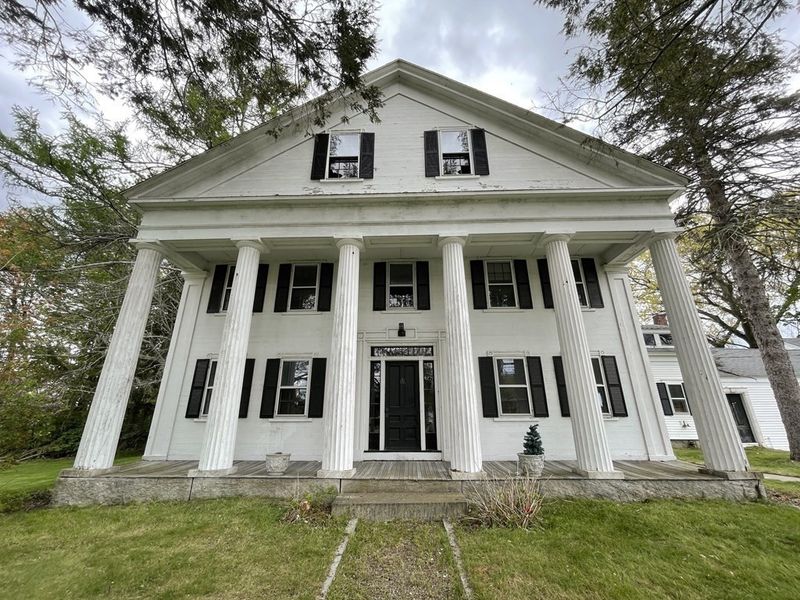
Massive columns and temple-like proportions make Greek Revival homes unmistakable landmarks. Their grand, formal layouts worked perfectly for a different era of living.
Today’s families find these rigid floor plans too restrictive for casual lifestyles. Authentic restoration materials have become scarce and expensive, pushing these stately homes further out of reach for practical homeowners.
6. Queen Anne Style Homes
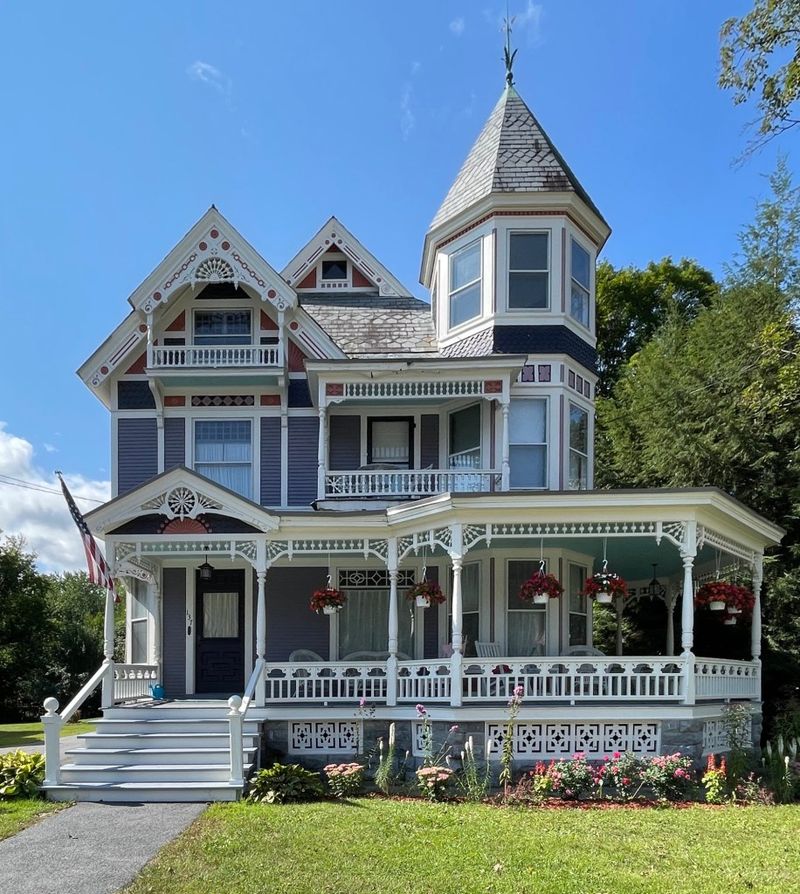
Wrap-around porches and whimsical towers give Queen Anne homes their storybook appeal. Every decorative detail adds character but also adds to your maintenance budget.
The constant upkeep required for all that ornate woodwork simply doesn’t make financial sense anymore. Skilled artisans who can restore these intricate features are becoming extinct in the construction industry.
7. Gambrel Roof Homes

That barn-like roofline creates tons of attic space but comes with hidden costs. Gambrel roofs look distinctive, yet their unique structure makes repairs complicated and expensive.
Converting those big attic spaces into modern living areas presents real challenges. The unusual angles and old-fashioned design don’t mesh well with how people want to use their homes today.
8. Shingle Style Homes
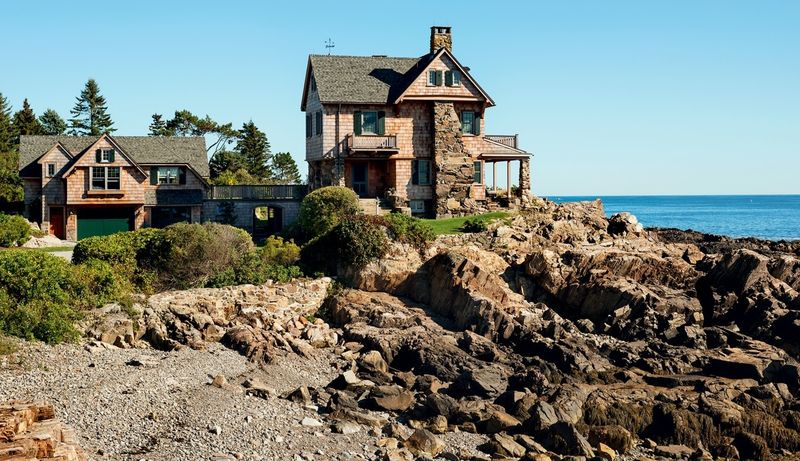
Wood shingles weathering naturally once blended beautifully with coastal scenery. These homes featured flowing, irregular designs that broke away from rigid architectural rules.
Modern building standards favor efficiency and uniformity over artistic asymmetry. The unpredictable layouts and custom craftsmanship required for Shingle-style homes don’t fit today’s streamlined construction methods and budget constraints.
9. Saltbox Houses
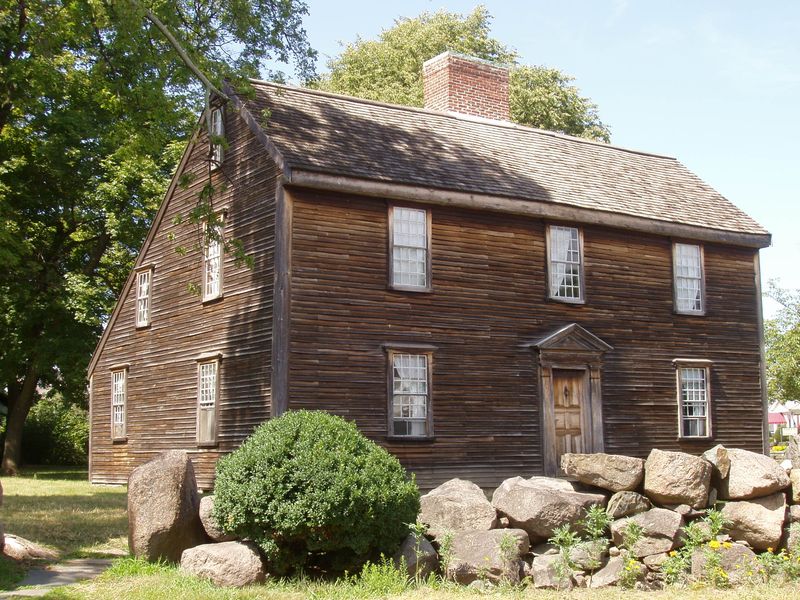
That signature slanted roofline creates a profile you can’t mistake for anything else. Saltbox houses have quirky room shapes that made sense in colonial times but confuse modern decorators.
Arranging furniture in oddly configured spaces frustrates today’s homeowners. Energy efficiency problems plague these old structures, leading owners to make changes that destroy the original character completely.

